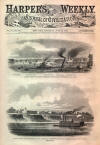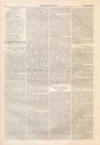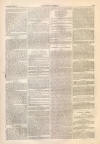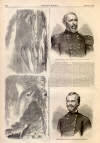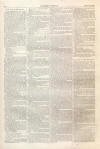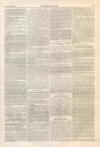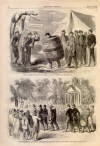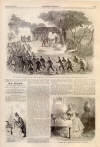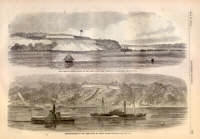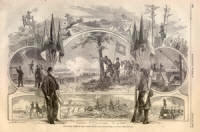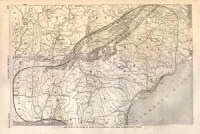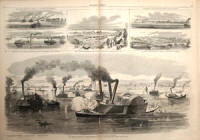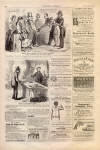General Sumner
|
|
This Site:
|
HARPER'S WEEKLY. [JUNE 28, 1862. 404 BRIGADIER-GENERAL EDWIN V. SUMNER, U.S.A.—[PHOTOGRAPHED BY ANTHONY.]GENERAL SUMNER.GENERAL EDWIN V. SUMNER, commander of an army corps in the Army of the Potomac, was born in Massachusetts, about the year 1797, and was appointed to West Point, from New York, in 1815. He served in the infantry for eighteen years; in 1833 he was appointed Captain of Dragoons, and Major in 1846. He served in the Mexican war, and was brevetted Lieutenant-Colonel for gallant and meritorious conduct at Cerro Gordo; and Colonel for the same behavior at Molino del Rey. In 1848 he was appointed Lieutenant-Colonel of the First Dragoons. When the troubles broke out in Kansas a force of cavalry was sent to preserve the peace, and Colonel Sumner was placed in command. He discharged the delicate duties of his office with skill and success. On the election of Mr. Lincoln he was one of the four officers (Generals Pope and Hunter being two of the remainder) who were appointed by the War Department to escort the President-elect to Washington. The famous night-journey through Baltimore, which was undertaken in order to frustrate a plot for the assassination of the President, was resolved upon, against his counsels and in spite of his entreaties. After the inauguration of Mr. Lincoln Colonel Sumner was appointed to supersede General Albert S. Johnson (who turned rebel) in command of our force on the Pacific. He speedily set matters straight in that section of the country, and returned home, signalizing his return by the arrest of the traitor Gwin, of California, on the way. The authorities of New Granada attempted to prevent the passage of Gwin as a prisoner through their territory; but Sumner took the responsibility, and marched him across the Isthmus with a battalion of United States troops. On his arrival at Washington General Sumner was appointed to the command, first, of a division and next of a corps in General McClellan's army. His conduct at Williamsburg has been the subject of much criticism, but at Fairoaks he certainly vindicated his reputation for good soldiership and gallantry. BRIGADIER-GENERAL SAMUEL P. HEINTZELMAN, U.S.A.—[SEE PAGE 411.]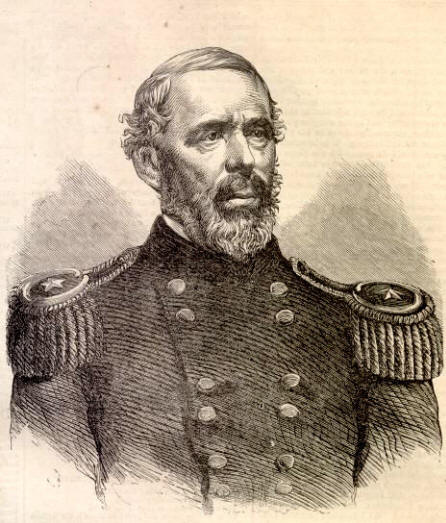 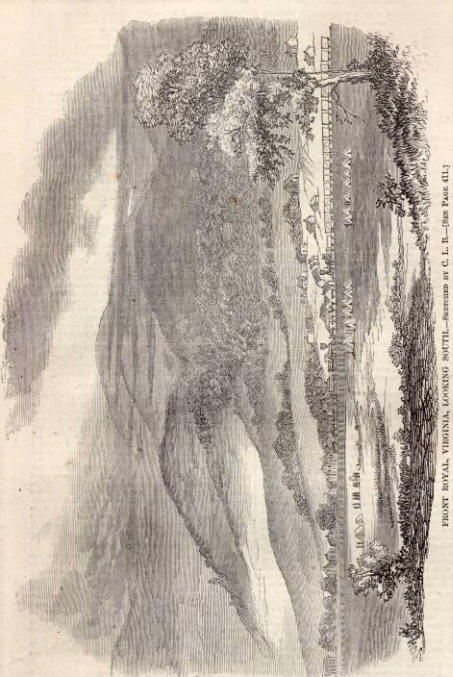 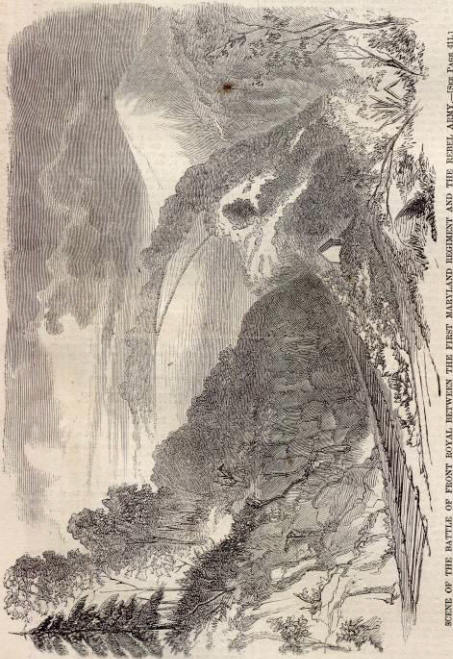 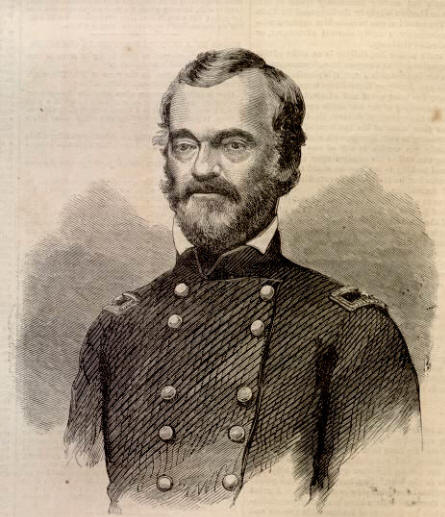 |
||||||||||||||||||||||||||||||
|
|
||
|
|
Site Copyright 2003-2018 Son of the South. For Questions or comments about this collection, contact paul@sonofthesouth.net |
|
|
Are you Scared and Confused? Read My Snake Story, a story of hope and encouragement, to help you face your fears. |
||
